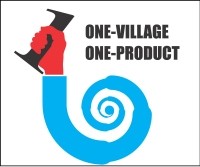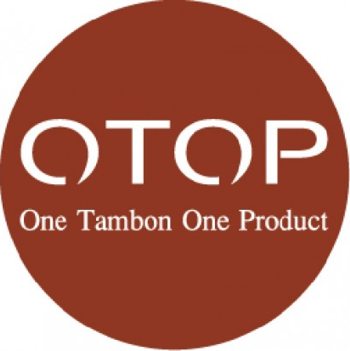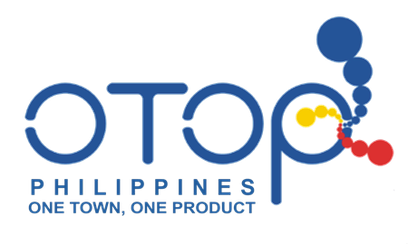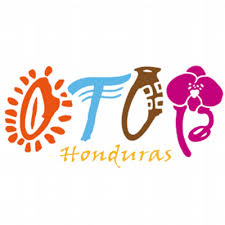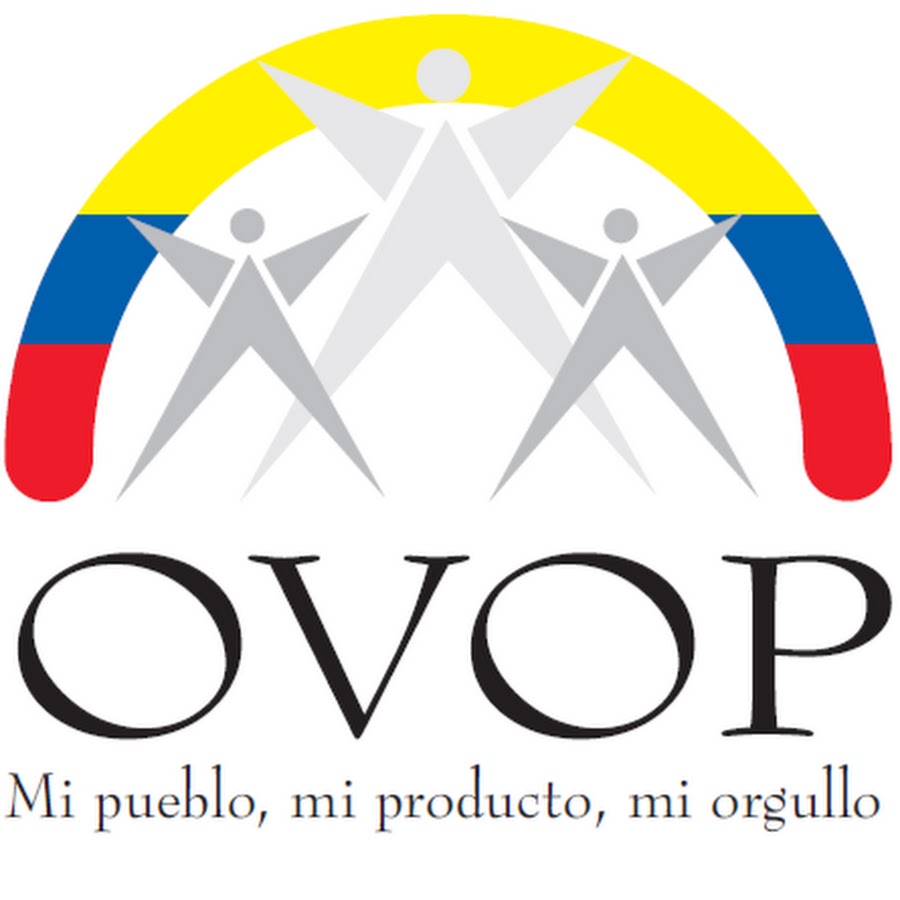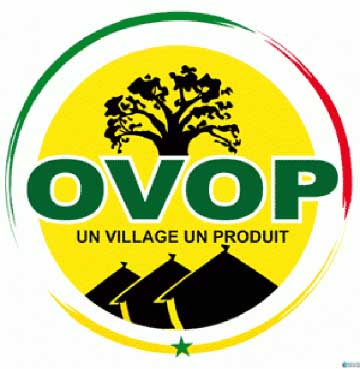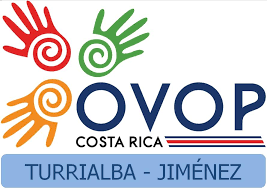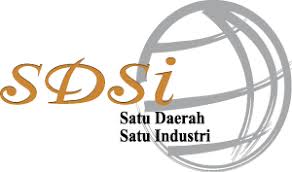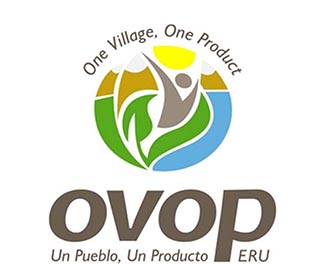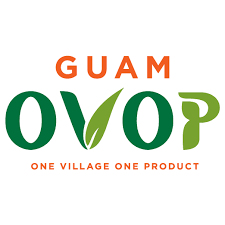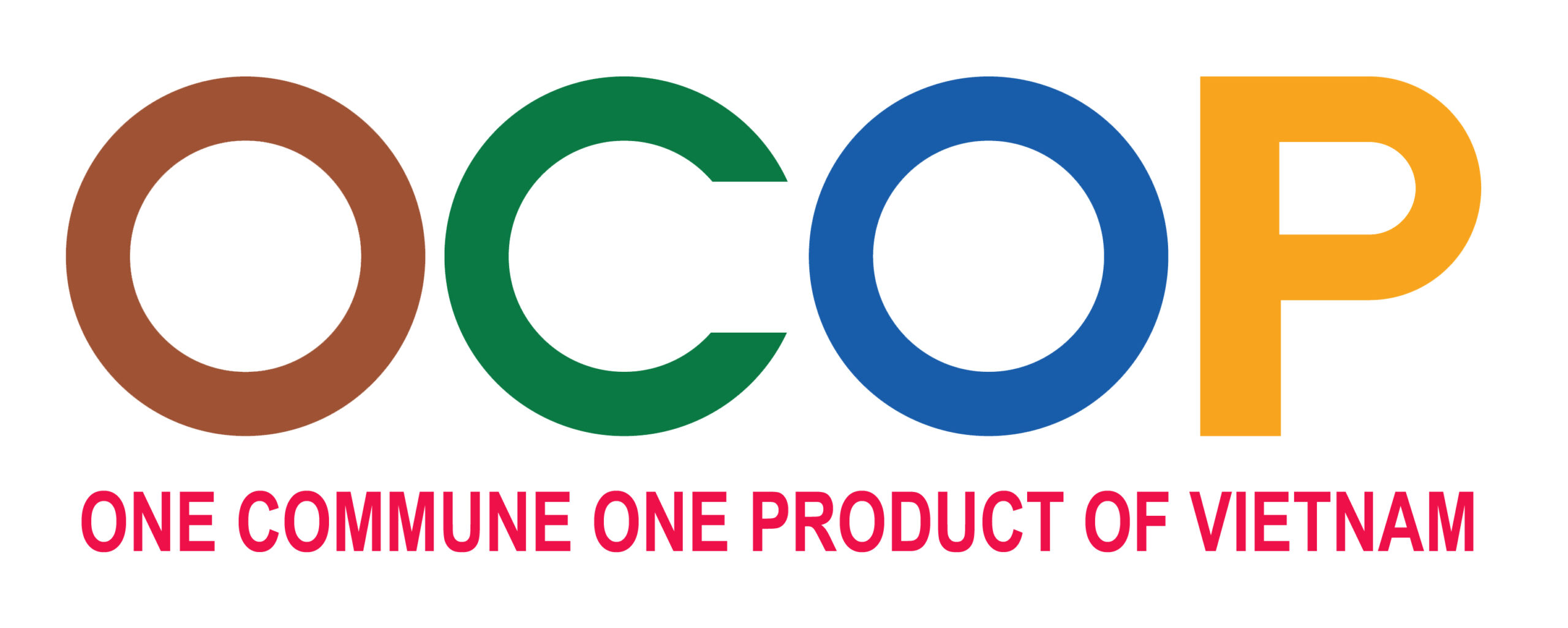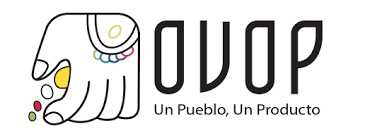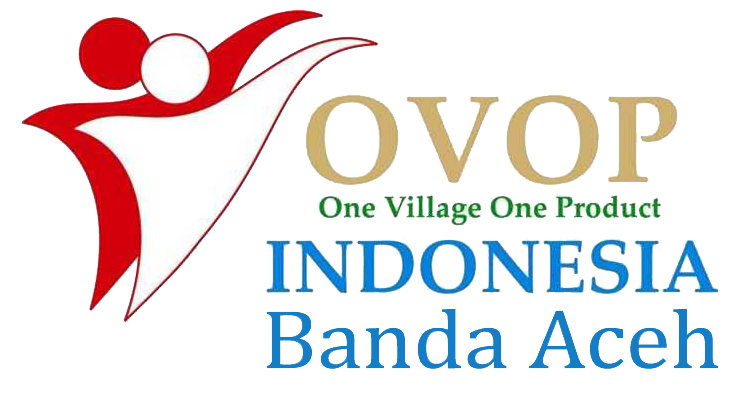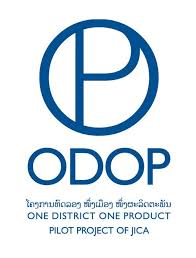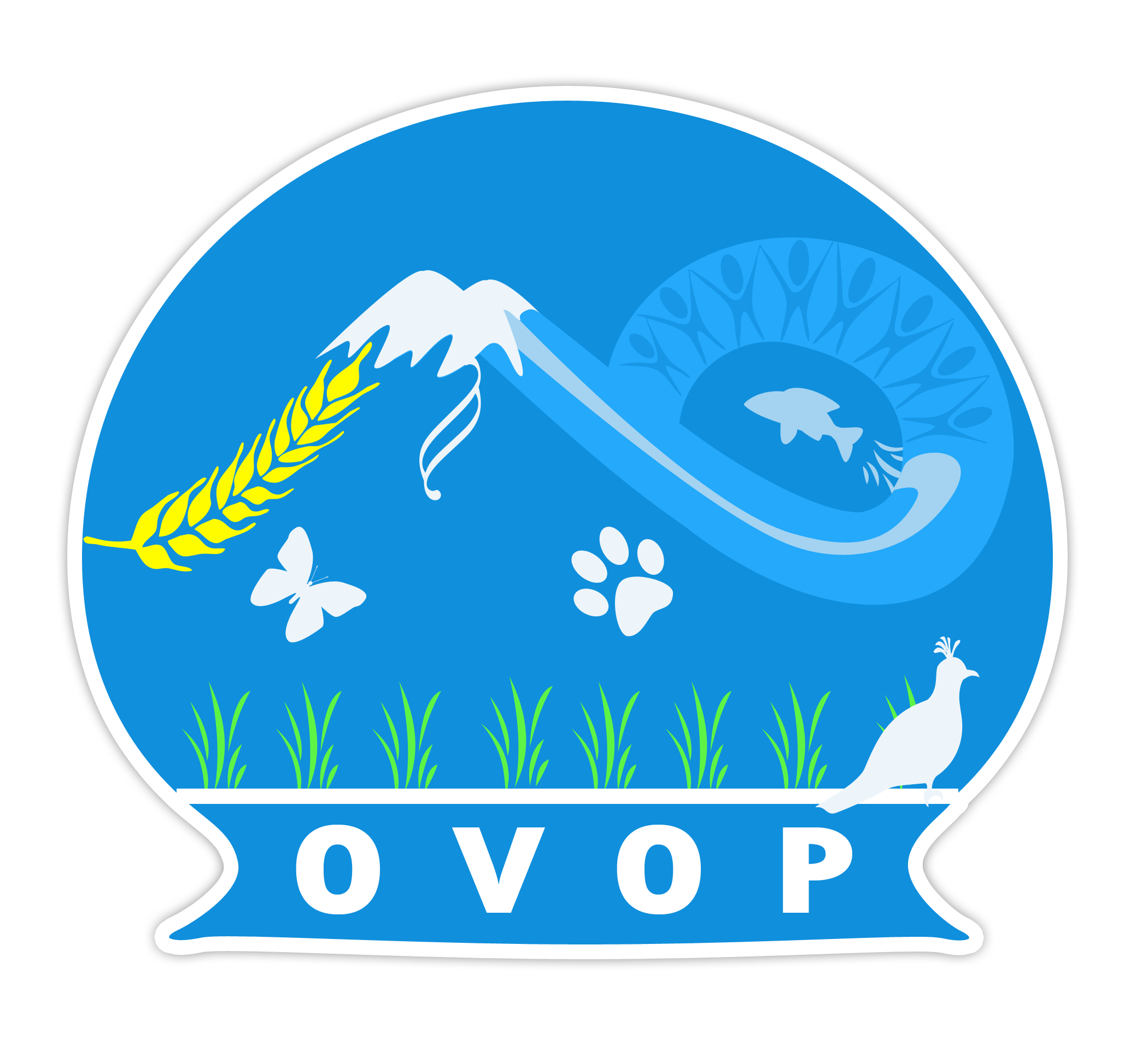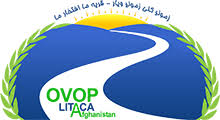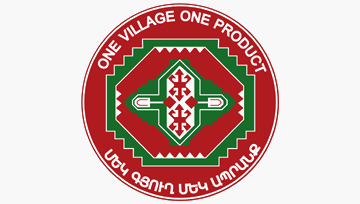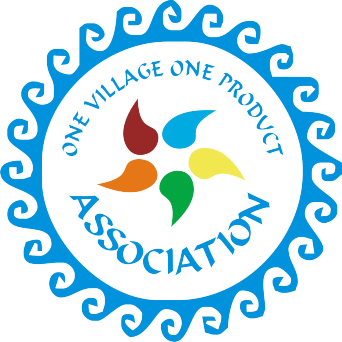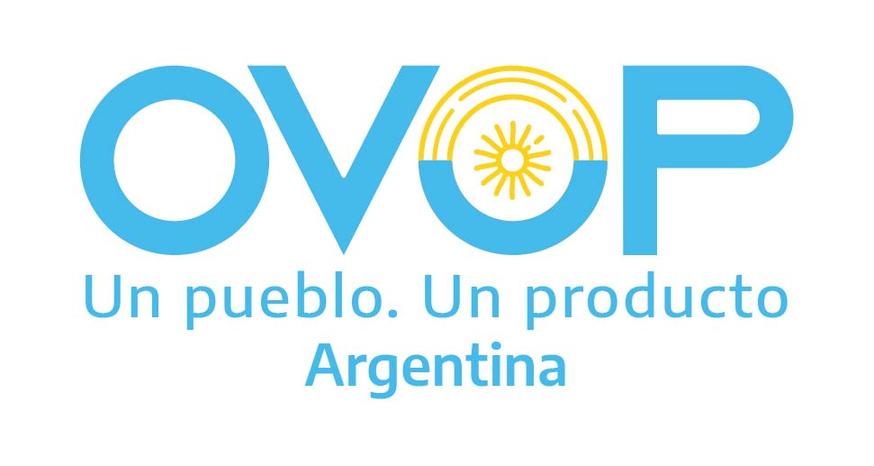The concept of OVOP was first initiated in 1979 in Japan, then quickly spread out and widely adopted by European Countries and South Asian Countries like China.
Evolution and Development
In 1983, Mr. Hiramatsu introduced OVOP to China while his official visit to Shanghai Municipality. From the 1990s to 2015, OVOP expo is organized every year in different provinces of China for promoting the OVOP market. In 2009 Ministry of Agriculture issued an official document for promoting the development OVOP program national-wide.
Until now 1922 villages and townships are listed in the national catalog by the Ministry of Agriculture as OVOP products. The OVOP villages cover all 31 provinces and autonomous regions in Mainland China. According to the Ministry of Agriculture, until 2015 China has already 11,000 villages engaged in OVOP.
Along with the great number of participated villages is the enormous types of products, including:
- Crops, vegetable, herb, plants, cash crops
- Livestock/poultry products
- Forest products; fruits; non-timber forest products
- Fishery and aquaculture
- Rural tourism; leisure agriculture
- Handicrafts
- Other products
Success and achievements
Until 2014, through more than 20 years of development, OVOP significantly contributed to farmer’s income, increase in more than 55,000 OVOP villages, of which 2419 OVOP villages achieved more than 100 million CNY production value and 214 other villages with more than 1.0 billion CNY. Farmer’s per capita net income of OVOP reached 11650 CNY, which is 18% higher than the non-OVOP villagers.
OVOP promoted cooperative development in the villages. According to MOA, 67% OVOP villages set up farmer’s cooperatives. This movement extended the value chain of agro-products, promoted the connection of OVOP villages with dragon head enterprises and the super-market OVOP increased the quality of products, product branding, organic products. in 2014 ca. 23,000 OVOP villages are certified as green and organic products.
Case of Shaanxi Province:
OVOP villages and townships registered by MOA: 101 (2016). During the movement, 860 products were produced by OVOP villages.
- Provincial OVOP demonstration villages: 4973
- Demonstration townships: 296
- Benefited households: 1.42 million HH
- Labors engaged in OVOP: 4.35 million
Major cluster industrialized products including apples, kiwis, taro, tea and silkworm. The movement greatly contributed to the Shaanxi regional economic development in recent years.
How can OVOP model be replicated in poor rural villages
Products should be selected based on the local natural resources and ecosystem. Village leaders must be in charge and initiate the movement which then is driven by either cooperatives, dragon head enterprises, supermarkets or outside investors.
Pay attention to the development of the market and value chain. Create an organization of small farmers and provide skill training.
Combining OVOP concept with Governmental's and issue Poverty Reduction Programs.
Value chain development for “OVOP”
Extending the value chain from production to post-harvest processing, branding, storage, marketing is the precondition of success of OVOP. Village leaders should play a decisive role in value chain development for the selected products.
Steps of value chain development for OVOP
- Selecting the village products from the existing products
- Conducting value chain analysis for the selected products, identifying the gaps and weak points in the existing market value chain
- Formulating the value chain development actions, particularly focus on the post harvest sections of the value chain, storage, grading and processing, marketing channels, marketing facilities, branding, quality (green and organic) certification, etc.
- Identifying and selecting the stakeholders related to the value chain sections
- Formulating the value chain development project proposal
- Applying governmental supports
- Inviting investors who are interested in the project proposal
- Implementing the value chain development projects
How to select the products
- Identify local products
- Estimating and searching the market demands on these products, local, regional and global market demands and changes of the market prices
- Governmental sector development policies
- Resource endowment, ecosystems for the production of the products and sector development







